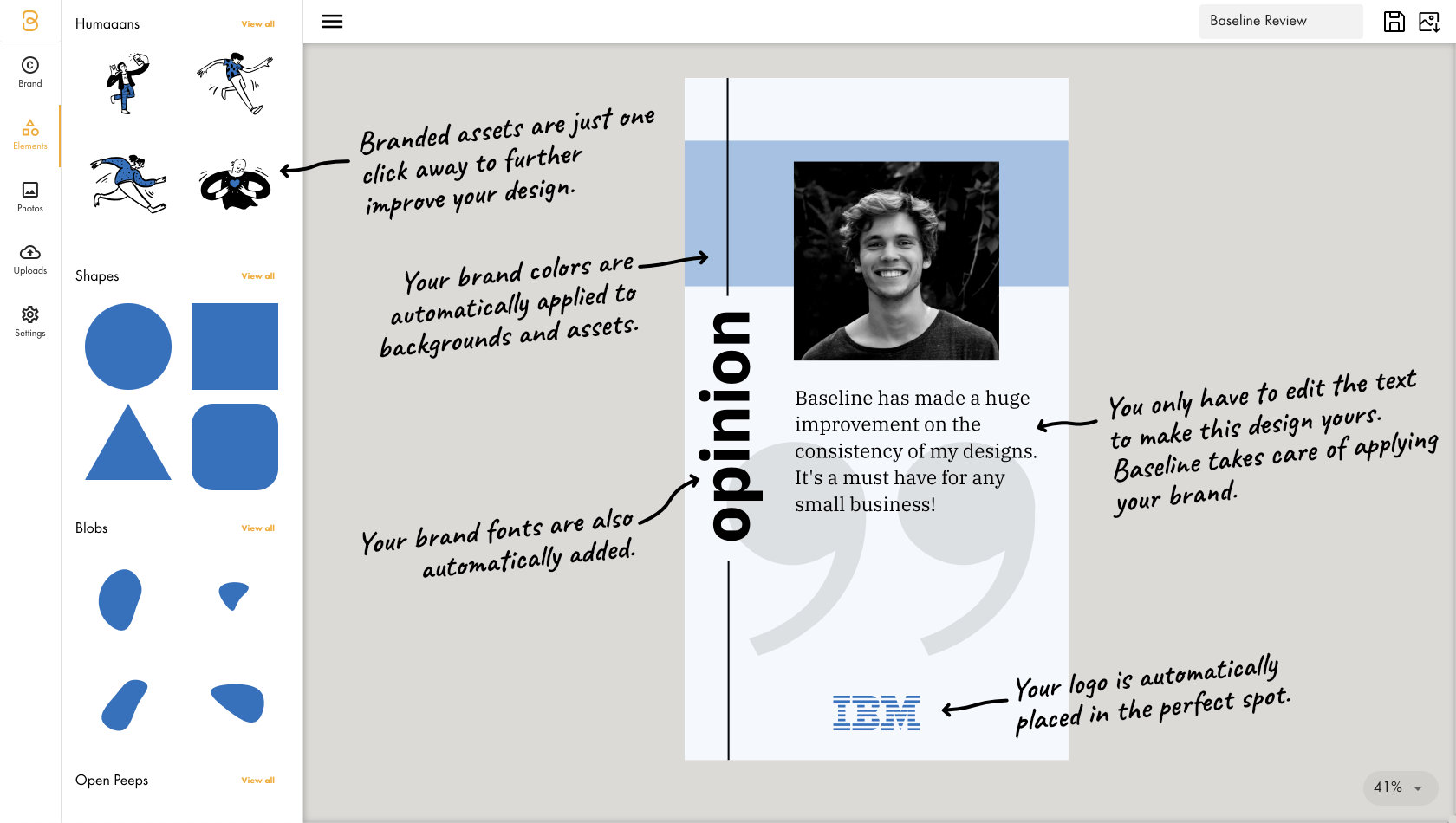Color Wheel
This color wheel is a creative tool that lets you discover the relationship between colors and create beautiful palettes. Easily discover color harmonies and color combinations for your designs. It starts with a simple wheel. Use the color picker to select and adjust colors by manipulating parameters such as hue, saturation, and luminance. Select a spot in the wheel of colors to see the color palettes generated. The color palette generator helps in creating effective color schemes that resonate with audiences and fulfill specific design objectives. Select a different type of scheme below the wheel to get different combinations.
About this color wheel tool
Color wheels are immensely useful when creating consistent and beautiful color palettes for your brand or project. Color theory serves as a guide for understanding and using the color wheel effectively, helping artists and designers create pleasing color combinations and harmonies. Every brand should have a definitive color palette and stick to it. This tool makes it incredibly easy to generate amazing color palettes although it can be confusing to understand what's happening, continue reading to learn more about how this color wheel works and the theory behind it.
How the different color schemes work
Every color scheme uses a different kind of math to create the color palettes for you. Each of them takes a color and generates a set of colors based on the different color schemes you choose, such as complementary color schemes, which utilize two opposite colors on the color wheel to create appealing and effective color combinations.
Triadic Scheme
A triadic color scheme has three colors, which are evenly spaced on the color wheel. You can create a harmonious and balanced look or one that is high-contrast and striking.
Square Scheme
Four colors with equal distance between each other, creating a very contrasting and full range color scheme.
Tetradic Scheme
A tetradic color palette has four individual colors, the primary color and three more colors. The colors are essentially split into two pairs. The pairs are equally distant from each other and complementary. Then the set of pairs is also equally distant and complementary. This is generally considered to create a very rich color scheme.
Complementary Scheme
A complementary color scheme has one primary hue combined with one or more colors on the opposite end of the color wheel. This kind of a color scheme can be very attention grabbing and is very commonly used for candy wrappers.
Analogous Scheme
The analogous color scheme consists of colors that sit close together on the color wheel. Like blue and purple and the hues between, such as blue green and blue violet.
Monochrome Scheme
The monochromatic color scheme uses different shades of the color you choose to create a paletta of similar colors but at different intensity. An example of this would be Navy, Blue and Baby blue.

Generate gradients for your brand
The Baseline Brand Guide generates gradients based on your brand colors. All you have to do is upload your logo and Baseline takes care of the rest!
Create a brand guide, it's free!